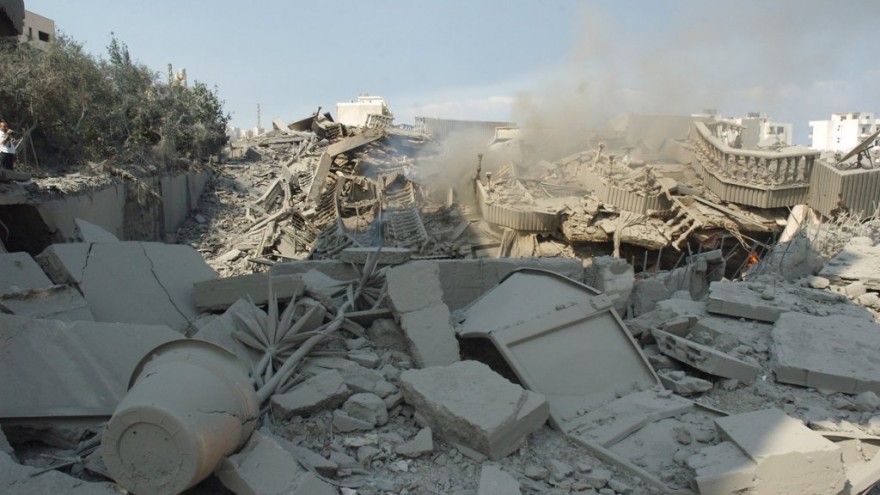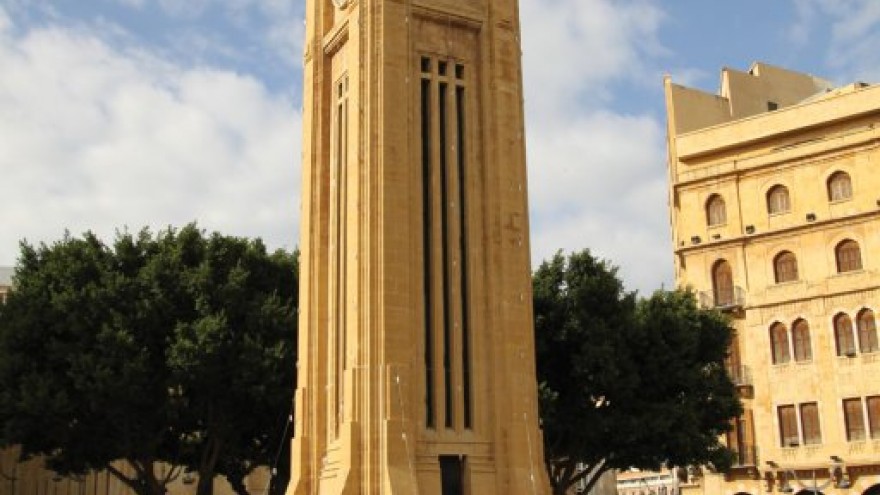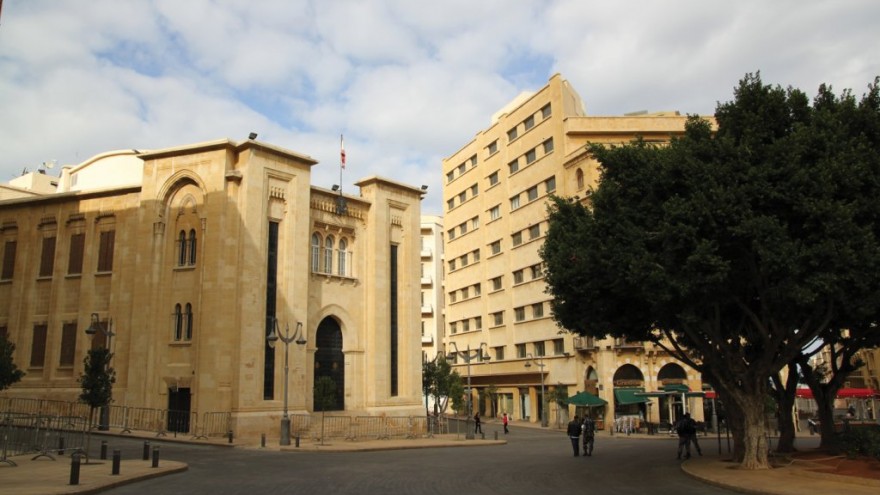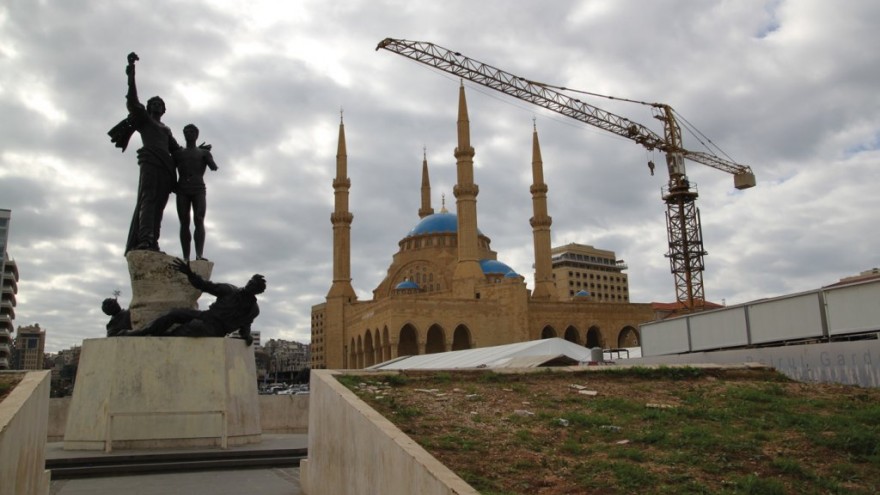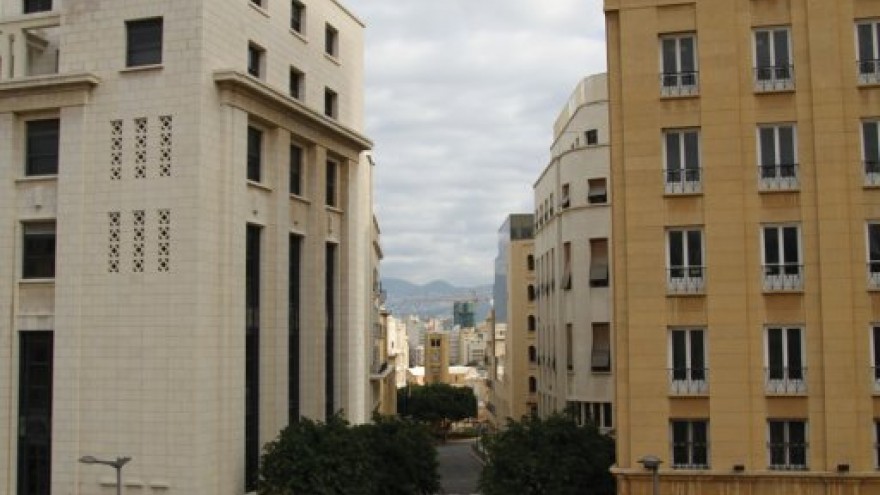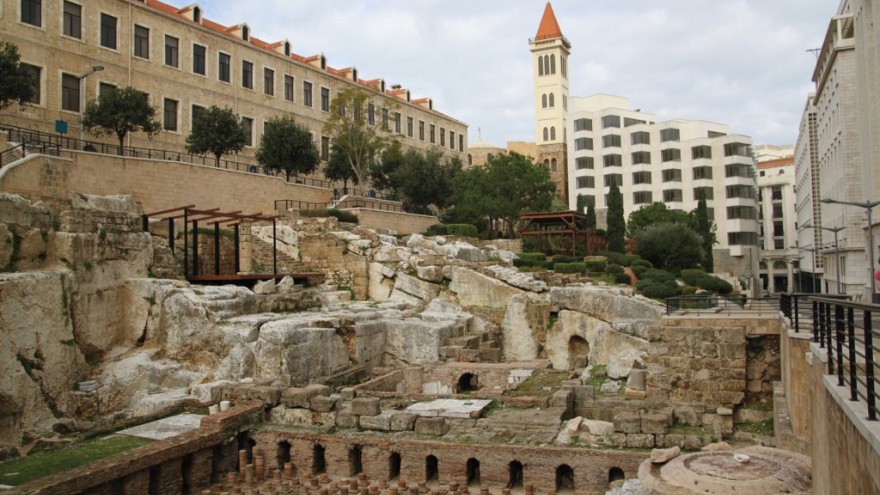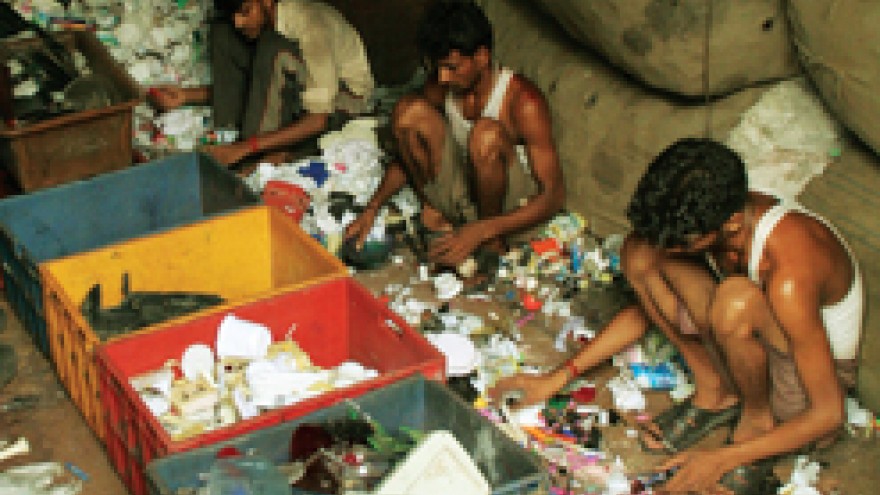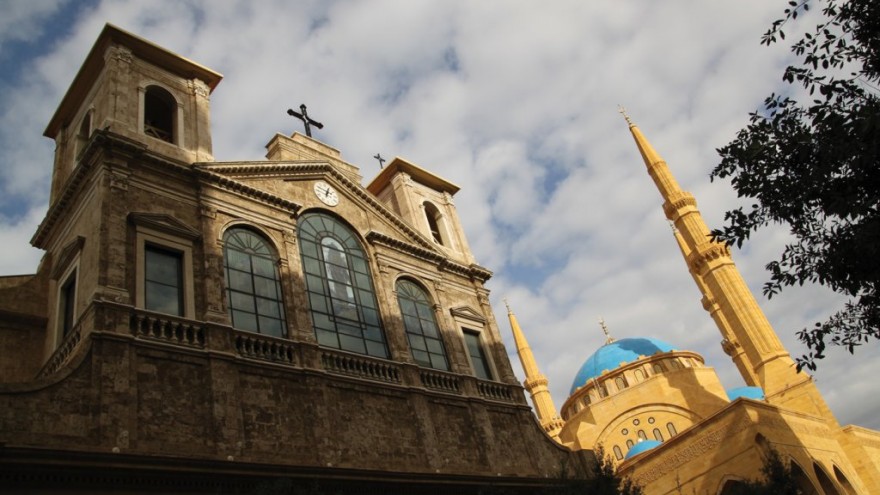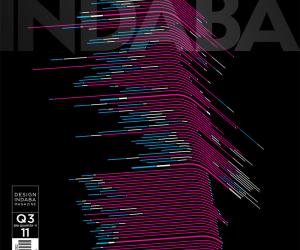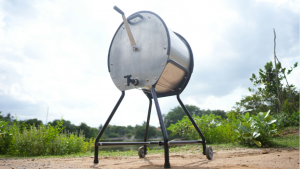First Published in
Towards the end of the Vietnam War in 1975, Marshall McLuhan pointed out that television had brought the brutality of war into the comfort of the living room. But while war was a mediated experience for millions, the people of Lebanon became engaged in their own conflict.
The Lebanon Civil War started in 1975 and lasted until 1990, but the people of Lebanon are still living in instability. As a Lebanese woman born during the civil war, I was brought up with an older generation’s nostalgia for what Beirut was and what it could have been.
I was a 14-year old adolescent when I first experienced downtown Beirut. But there was a vivid picture in my head of a vibrant city core, one steeped in history and culture. The reality was that, by the end of the war in 1990, Beirut Centre Ville (city centre) was afflicted with overwhelming destruction and total demolition of its infrastructure. Once the “Switzerland of the East” or the “Pearl of the Mediterranean”, Beirut was a bomb-stricken place. The Beirut that everybody reminisced about lived on solely in people’s minds and hearts.
A master plan for reconstructing the city was officially approved by the Council of Ministers in 1994. Solidere, a Lebanese company for the development and reconstruction of Beirut Central District was formed, launching the largest urban redevelopment project of the 1990s. Solidere was created by former prime minister Rafic Harriri and faced a great deal of opposition, as the political implications were high. Many Lebanese people called for a more diversified approach, opposing Harriri and his vision. The reconstruction became a heavy political debate.
The people opposed to the proposed Solidere plans wanted a pure renovation of all the areas with no new structures at all. There was also a fear of having one developer for the whole area. In the end, Harriri’s government had the power and moved on with the plans, while trying to adapt them to please the maximum number of voices.
As construction went ahead, the strategy became clear: The goal was to preserve as much heritage as possible. Nobody was willing to let go of the dream of the past. The plan divided the work into two phases, the first completed in 2004 and the second projected for 2025.
The main features of the master plan were the reintegration of the Central District within the metropolitan area of Beirut, the preservation of the historical core of the city, the development of a mixed-use zone on reclaimed land, the reconstruction of the old Souks, the preservation of the residential neighbourhoods, the development of a seaside park on a former landfill zone, and the integration of archaeological finds into modern developments. Beirut city centre contains sites and monuments spanning 5 000 years and layers of civilisations, from the Canaanites to the Ottomans. More than that, the Centre Ville had an array of churches, mosques and synagogues to represent the 18 different sects at home in the country.
At the core of Centre Ville, with a clock erected in the centre, Nejmeh Square is a particularly iconic space, representative of the old Beirut. A landmark of great sentimental value, both the clock and the square signify unity and the obstruction to war, bringing back an identity and importance to the downtown. During the mass destructions resulting from the civil war, the clock monument was disassembled stone by stone and taken to a hiding place for safeguarding. In the mid-1990s, after the war ended, the clock tower was resurrected and today stands proudly in the centre of a planted roundabout, ticking like the beating heart of Beirut.
Modelled on the Place de L’etoile in Paris, the star-shaped Nejmeh area was constructed in the 1930s. Its buildings show a design mix, reflecting the various civilisations that passed through this space over the centuries, with a strong fusion between European and Islamic features. Besides the infamous clock tower that faces the parliament building, other landmarks include the historic St George Greek-Orthodox Cathedral and the St Elias Greek-Catholic Church. A proud lion adorns the top of one of the buildings, previously the Italian embassy.
Inspired by French, Italian and Ottoman styles, the architecture of Nejmeh Square combines elements of the historic with diversified influences. Facades were decorated and sculpted in yellow stone, while elegant wrought iron added beautiful touches to balconies, windows and facades. Beirut could not afford to lose this history and heritage.
Solidere provided a market-oriented conservation strategy through which it was able to preserve the Nejmeh area. Solidere was able to implement this strategy within a period of four years; something that wouldn’t have been possible if they had adopted a different planning approach. Through a process of corporate planning, they were able to transfer rights from one section of the central district to another in order to preserve the buildings located within the conservation area. However, the project is still surrounded with controversy, primarily resulting from the mandatory incorporation of the old landowners in the company as shareholders; this was how Solidere could reclaim and rebuild a lot of privately owned lots.
Primarily, the plan entailed a re-cloning of the war-destroyed area, and buildings and spaces were resurrected. Today, it is an almost Disney-like replication of the old downtown. Reality is, it could never be that because of the passion and the soul of the people. The same old look can never be restored but the area, in spite of its new architecture, holds a lot of depth. The finishing is new but layered, all old parts were maintained and there is a mix of ruins and various style influences. This is unlike the many new constructed cities that have no character beyond the buildings, where you can tell it is all for show. Beirut screams history and civilisation in each of its many stones.
New buildings alongside restored buildings, street events, concerts, exhibitions and outdoor activities all add more vibrancy to the traditional city centre. Tree-lined streets, garden squares and pedestrian areas create a unique experience. It integrates features of the city’s historic core, such as granite stone paving with oak, bay and willow trees, typical of the Beirut landscape. This is true for the old downtown as well.
It is possible to arrive at Nejmeh Square from six different major streets. This whole section has always been pedestrian, adding to the cachet and creating a bigger link between the streets, buildings and the people. One can take a walk down a pebble path alongside Ottoman-style buildings or under covered sidewalks adorned with rows of arches. The most popular, and most frequented, lane is Al Maarad Street, where one finds a variety of cafes, small retail shops and restaurants of both local and international origin.
The square has a unified feel about it but is inspired by a different time and place. Instead of only the old souk and small shisha cafes, the new version integrates places like Dunkin Donuts and Häagen Dazs. Physical reminders to bring us back to our current times, the choice of American and European retailers fused with local places can be seen everywhere.
Nejmeh Square is a public space that sees countless natives and foreigners pass through each day. An area once torn apart and completely demolished by the same people who have revived it, what is exemplary is the specific relationship this space has had with the people through the years leading up to current times.
The 2006/8 turmoil saw downtown area again shut-off from the public, forcing many retailers to close and killing the revived spirit in the process. Problems arose after the assassination of Harriri and other prominent figures in the country. Various armed parties closed off the downtown area to the public. This was a harsh time when hope was squandered, shops went out of business, and cafes and restaurants closed. No sound was heard in the public area anymore.
Walking down streets echoing with emptiness, the hollow architecture is a vivid reminder of the pain of war. The charm was lost, because Nejmeh Square only makes sense when it is brought to life, when children come running through and laughter is heard. All the money and effort spent on rebuilding holds no basis without the people.
Existing beyond time and space, architecture in the Centre Ville is about hope. Hope for our future and the future of our generations. It is about the Lebanese people picking up the pieces and looking forward. Since mid-2008 revival has been reignited. New parts are being built and Nejmeh Square is drawing crowds again. The only hope is that these newer buildings will be allowed to age as they are meant to.
Beirut-born Lebanese-Canadian Hala Abdulmalak is a design critic and thinker focused on the Middle East. She is active on the design for social change front for the Arab World, and has also done some extensive identity and material culture work through the al-kafiye project. Website: www.thedesigncritic.com

